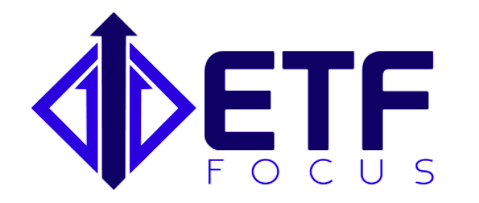You hear a lot in the marketplace about “buying the dip”. With the market continuing to sit near record high levels, the definition of what qualifies as a dip has grown narrower. Traders used to wait for the markets to drop at least 5%, and preferably more, before looking to pick up some bargains. Nowadays, a 1-2% move has the buyers coming out. There haven’t been many traditional “buy the dip” opportunities lately, but we may see one in the coming month.
We’re coming up on that time of year again when Congress needs to agree on a federal budget. The current fiscal year expires on September 30th allowing about a month for a deal to be reached. Perhaps more important this time around is the fact that the debt ceiling is expected to be reached sometime in the middle of October. The most obvious solution to the problem is to raise the debt ceiling. The only problem with that is that it requires both sides of the aisle to agree which, of course, doesn’t always happen. Failing to raise the debt limit in time could cause the government to default on its debts, including Social Security, Medicare and interest on outstanding Treasury debt.
The market hates uncertainty which is why Congress is being pushed to come to a debt ceiling agreement sooner rather than later. History has shown that an impending debt ceiling breach is a relative non-event for the markets unless the drop dead date draws near with no resolution in sight. At that point, you could see yields on Treasuries rise and the value of outstanding drop. The equity markets will likely drop in sympathy as well. If the debt ceiling is breached with no legislation to raise it, the pain in the fixed income markets will be significant.
I’m going to assume a resolution to lift the debt ceiling will be reached. It was always does (unless I just jinxed it!). Keep an eye on yields on government securities over the next few weeks to see if they start rising due to debt ceiling uncertainty. Assuming that the debt ceiling is raised before it’s reached in October, it could present a nice little “buy the dip” opportunity for well-informed investors.
Putting political issues aside for a moment, let’s take a look at the ETFs that I’ll be watching this week.
Deep Value ETF (DVP)
This fund is less about value in the more traditional sense of the word and more about companies in turnaround situations or being influenced by activist investors. This ETF has just 20 names, including beaten down retailers Kohl’s (KSS), Macy’s (M) and Staples (SPLS) and energy names Dover Corporation (DOV) and Transocean (RIG). A few of the more interesting names in the portfolio? Apple (AAPL), which saw Carl Icahn take a significant stake in order to push CEO Tim Cook to do more share buybacks and, and Whole Foods (WFM), which was just purchased by Amazon (AMZN).
I think this is an interesting fund with a bunch of interesting names. It’s a riskier proposition to be sure but contrarian investors willing to bottom feed and comfortable with a little extra volatility may like this fund as an option.
Others: Global X Guru Activist Index ETF (ACTX)
Winklevoss Bitcoin Trust ETF (COIN)
The news here isn’t so much with the Winklevoss Bitcoin ETF but with the number of competitors that are lining up to become the first cryptocurrency ETF. The Winklevoss ETF may still be the eventual winner, but three new entries have joined the fray in just the past few weeks.
VanEck filed with the SEC for the VanEck Vectors Bitcoin Strategy ETF in early August. Hedging strategy specialist REX ETFs followed up with the REX Bitcoin Strategy ETF and the REX Short Bitcoin Strategy ETF. Which fund becomes the first SEC approved bitcoin ETF (if the SEC even approves such a product any time soon) remains to be seen, but it’s clear that fund providers see opportunity in cryptocurrency and are trying to strike while the iron is hot.
iShares MSCI Mexico Capped ETF (EWW)
From its peak in the beginning of 2013 to the bottom reached at the start of 2017, the Mexico Capped ETF was down roughly 40%. Since then, it’s been almost a straight line up. The Mexico ETF is up more than 32% year-to-date. Where things go from here though are a little less certain. Donald Trump wants to tear NAFTA down to the studs, a move that could negatively impact the nation’s economy. So far, NAFTA negotiations haven’t had any real impact since Mexican equities are at 2017 highs, but watch for that to change if major changes to NAFTA begin to look for likely.
Others: iShares Currency Hedged MSCI Mexico ETF (HEWW)
WisdomTree Japan Hedged Equity ETF (DXJ)
While it hasn’t done quite as well as the United States, Japan is another region of the world that has done pretty well over the past 12 months. The Japan ETF (EWJ) is up around 13%, but the Japan Hedged Equity ETF is up around 26%. The fund layers on hedges to limit fluctuations between the dollar and the yen, pays a decent (albeit inconsistent) yield and has significant exposure to both industrials and consumer discretionary stocks, two areas of the market that have done well lately.
Others: iShares MSCI Japan ETF (EWJ), iShares Currency Hedged MSCI Japan ETF (HEWJ)
Want to get the weekly ETF watchlist in your inbox every week? Simply subscribe to the site either below or at the right and you'll get it automatically along with our ETF Focus Weekly newsletter!


